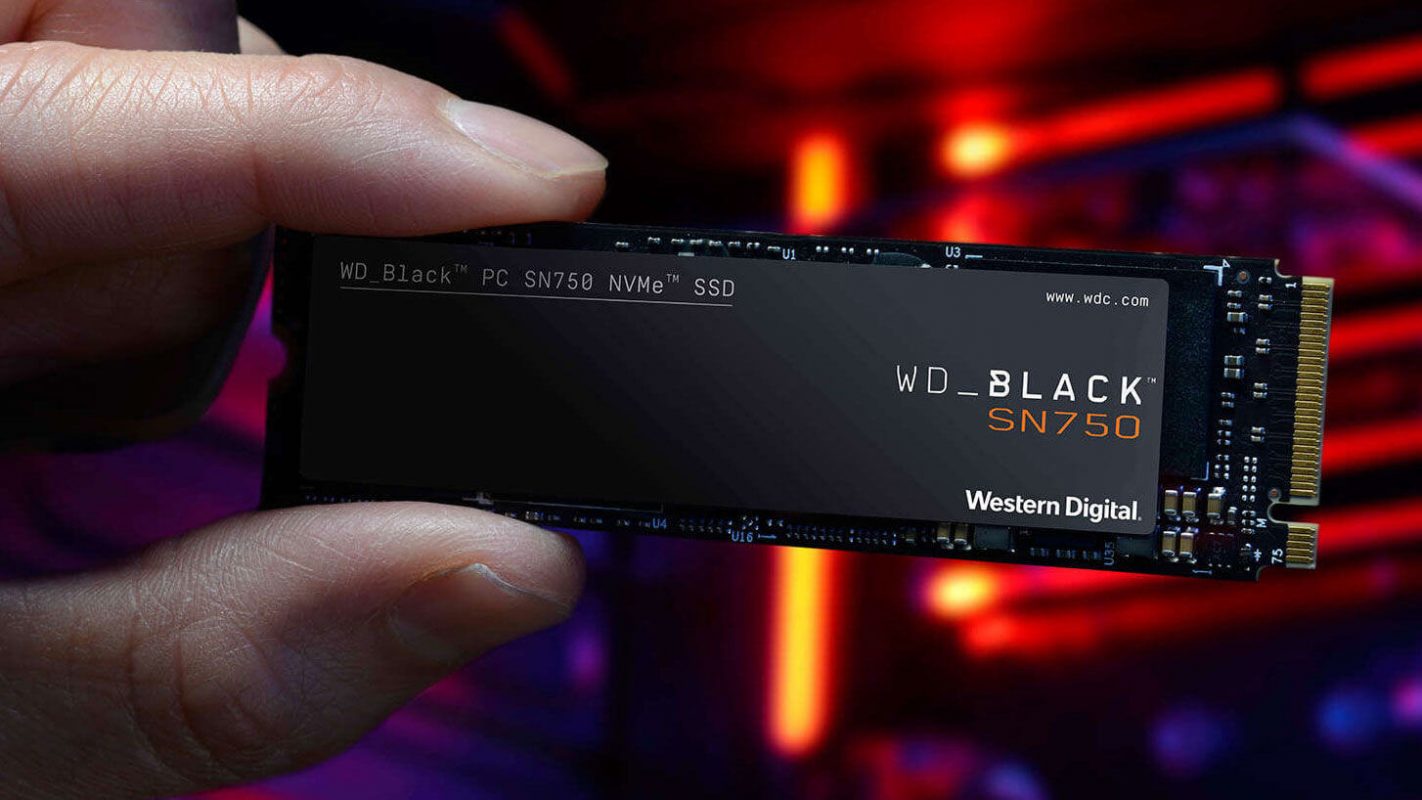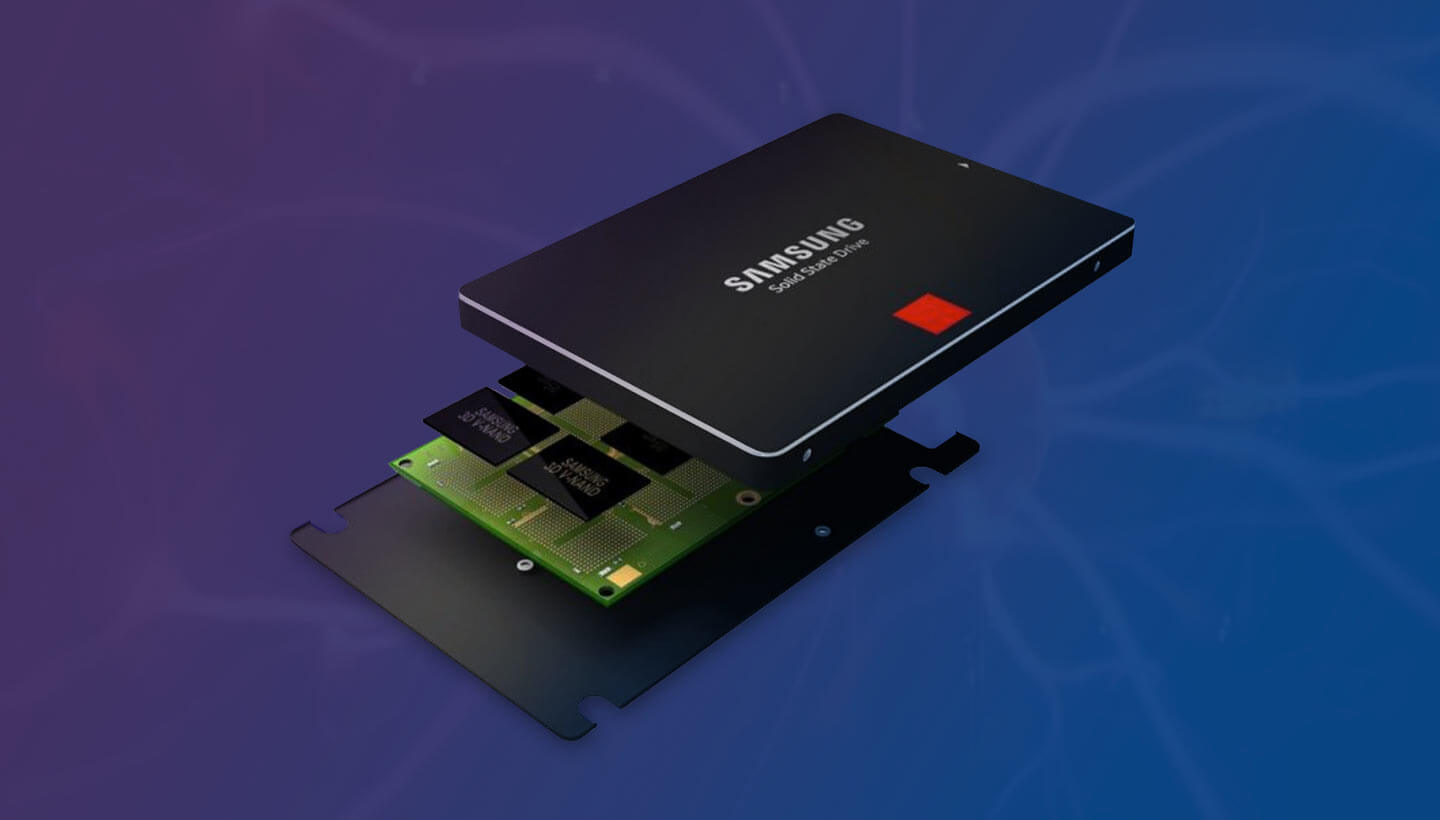SATA vs NVME SSD | Which SSD Technology Is Faster?
`The computer industry is getting advanced day by day. If we discuss the storage media, the fastest and latest permanent storage media is SSD (solid-state drive). There are different types of SSD. The most important is SATA vs NVME SSD.

If you want to purchase an SSD, but looking for the details about the technical difference then you are in the right place. In this article, we will discuss the difference between them. We also discuss the benefits and drawbacks of the storage devices and providing details on how the technology for each SSD type works.
How SSD Is Different from Standard Disk Drive:
First of all, let’s mention the origin of the solid-state drive, and why it’s been such a well-liked hardware item for PC builders and laptop manufacturers in recent years. A typical storage drive utilized in laptops and PCs is understood as a standard disk drive. These sorts of drives have moving parts. a tough drive works similarly to an old phonograph.
Also Read: Best USB Flash Drives of 2020 | The Guide to Choose the Best One
There is a moving disk (platter) and an outsized header. The header can read and write data on disk when is spinning. Typically, the faster the disk drive spins (7200 RPM, 10,000 RPM, etc.). The faster the storage drive is often read. Unfortunately, the speed of reading data is limited in these hard drives. There’s also a latency that comes with expecting the top to physically move. This is where SSDs come in the computer industry.
What Is Solid-State Drive?
SSD stands for the solid-state drive and it’s a kind of storage that doesn’t have any moving parts. Solid State Drives instead use semiconductor chips to store and access memory. An SSD especially features a huge array of those semiconductors that will be charged or uncharged. The pc will read as a ‘1’ or ‘0’ in binary and convert that to actual files or data viewable on your machine.
What’s interesting about the sort of memory utilized. In an SSD is that the cells retain their charged or uncharged state even after shutting down. This is often how memory is stored and not forgotten. A PC or laptop is in a position to read data repeatedly faster off of an SSD. The reason behind that is the flash technology just works that much faster than old mechanical hard drives with moving parts.
Now let’s take a look at how each solid-state storage type differs below.
SATA vs NVME SSD vs M.2 – Which Is the Best:
As it seems, the technology wont to read and write data off of an SSD is so fast that the limiting factor actually comes right down to the tactic the drive shares data to the PC.
A computer has two different methods to read/write an SSD: SATA 3 and NVMe.
SATA 3 connections are made by connecting a knowledge cable and an influence cable directly into the motherboard and therefore the solid-state drive itself.
An NVMe connection, on the opposite hand, allows an SSD to possess its data to read straight from a PCI-E slot right the motherboard. The drive draws power directly through the motherboard. More importantly, the NVMe drive also will draw data through the motherboard at a faster rate than SATA 3.

Why do you ask? An NVMe can queue more data directly thanks to having access to more PCI-E lanes.
In the motherboard, the PCI-E lanes are essentially data transfers lane. There’s a limited amount. On a typical newer motherboard, you’ll see slots of varied sizes like the amount of PCI-E lanes available (x1, x2, x4, x16, etc).
Results of SATA vs NVME SSD:
The end result’s that with more PCI-E lanes, and direct PCI-E read/writes potential, NVMe drives are typically far faster than SATA SSDs. However, the performance boost is merely really seen for sequential read/write speeds. Or, in simpler terms, for moving large files. With truth read/write speed potential of NVMe only being reached with larger files, differences might not be that noticeable for gaming and everyday tasks.
So, for gaming time and boot-up, it won’t offer a lot of difference. For video editing and photo editing, NVMe drives offer far better results. Here may be a check out the standard read/write speeds of a tough drive, a SATA 3 SSD, and an NVMe SSD for giant files.
- 7200 RPM disk drive – read/write speed of 80-160MB/second.
- SATA 3 solid-state drive – read/write speed up to 550MB/second.
- NVME solid-state drive – read/write speed up to 3500MB/second.
What About M.2? Where Does that Lay:
We’ve explained NVMe and SATA. These are two methods, or protocols wont to read and write data. One uses PCI-E (NVMe) and therefore the other doesn’t (SATA).
An M.2 drive is just a term to explain the physical form factor of a drive. M.2 drives are the slim ones. M.2 drives aren’t another protocol like NVMe and SATA. In fact, you’ll get an M.2 drive that uses either SATA or NVMe. An M.2 drive isn’t faster simply because of its form factor.
If you’re within the marketplace for an NVMe drive, just confirm that the M.2 drive you check out clearly has NVMe in its description or title and not SATA.
Should You Get NVMe or SATA 3?
If you’re upgrading from a standard disk drive, both SATA 3 and NVMe will provide you with spectacular improvements. NVMe is usually costlier than SATA 3, which may be a problem considering standard SATA 3 SSDs are already expensive enough.
NVMEs really is merely useful for those larger file transfers, too, so unless you often move large files for photo and video editing, or find an excellent deal on an NVMe drive. You’ll also stick with a typical SATA 3 SSD because you’ll get an away bigger size for an equivalent price.
Speed Difference:
Also, both NVMe and SATA 3 will offer very similar boot speeds for gaming. They’re both so fast that other hardware, like RAM and CPU performance, finishes up being the bottleneck. Hopefully, this summarizes the difference between SATA 3 and NVMe and makes it clear how M.2 fits into the equation also.
Conclusion:
The fastest and latest permanent storage media is SSD. This kind of storage device doesn’t have any kind of moving parts. SSD uses semiconductor chips to store and access memory. The PC will read as a ‘1’ or ‘0’ in binary and convert that to actual files or data viewable on your machine. SATA 3 and NVME are the two most popular SSDs. SATA 3 and NVMe both will provide you with spectacular improvements.


